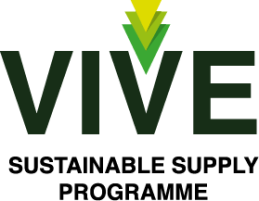Participants complete an online self-assessment based on the agreed scope of their participations.
This self-assessment data is securely stored in the VIVE online platform and will not be released to any third parties without the client’s permission.
VIVE covers the entire supply chain; from field to end-user. We have created modules relevant to each step in food ingredient supply chains; farm, mill, refinery, shipper and forwarder.
While forwarder and shipper elements of a supply chain are not currently covered by the relevant supply chain companies’ participation in VIVE, the VIVE Chain of Custody Module has been created as an interim solution to, as minimum, assess the traceability of VIVE ingredients once they leave the control of the producer.
The VIVE Programme is a continuous improvement sustainability programme for food ingredient supply chains, covering all operations and activities for producers through to end users that have a bearing on sustainability.
VIVE is not a certification standard, however it has been benchmarked to various certification programmes. VIVE has been designed to encourage continuous improvement; assisting lower-performing participants to reach certification standards, whilst also encouraging higher-performing participants to look beyond compliance to standards.
Driving continuous improvement in sustainability performance is fundamental to the VIVE programme.
To create initial encouragement, VIVE’s data capture includes an assessment of current performance and also projections for performance over the next two years. This facilitates the production of bespoke action plans required to deliver projected improvements and, in subsequent years, enables analysis of actual delivery versus aspirations.
No, VIVE, like many other sustainability programmes, adopts a Mass Balance approach.
The Mass Balance methodology used allows VIVE product to be physically commingled with non-VIVE products meeting the same specification within a given Supply Chain Step but requires continued administrative separation of the VIVE tonnage to ensure there is no over-claiming of the tonnage assigned to VIVE.
The programme operates on a three year improvement cycle, during which all indicators are verified twice. Year 1 involves a full assessment (all indicators are measured) as per the programme scope agreed with the participant, while partial assessments are conducted in the next two years (half of the indicators in Year 2, the remaining half on Year 3).
In the fourth year, there is another full assessment and the improvement cycle repeats. This approach should provide participants with the necessary time and support to increase their performance to allow them to advance to the next Vive step.
VIVE allows flexibility and hence it allows the participant to define the scope of its participation. This will reflect in the assessment and report as well as in the volume included in the programme.
In 2019, the VIVE Programme began a collaboration with AB Sugar’s ‘Making Sense of Sugar’ campaign. Launched in 2014 by AB Sugar, the ‘Making Sense of Sugar’ campaign helps inform and educate people about sugar and the role it can play as part of a healthy balanced diet. It provides factual information based on robust science so you can make informed choices about what you choose to consume.
Follow @senseofsugar on Twitter for the latest facts and stats about sugar and much more.

